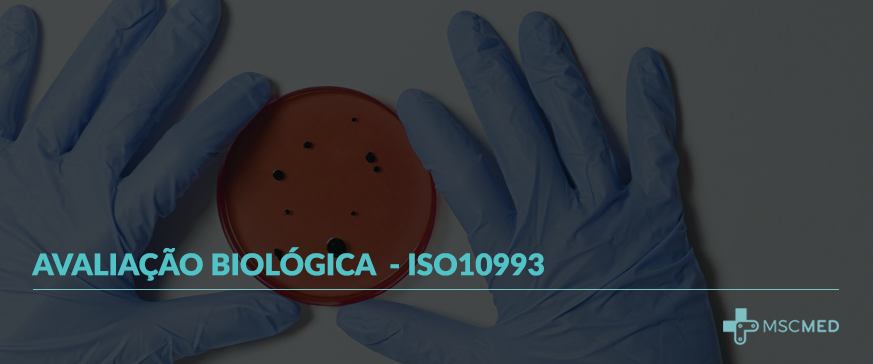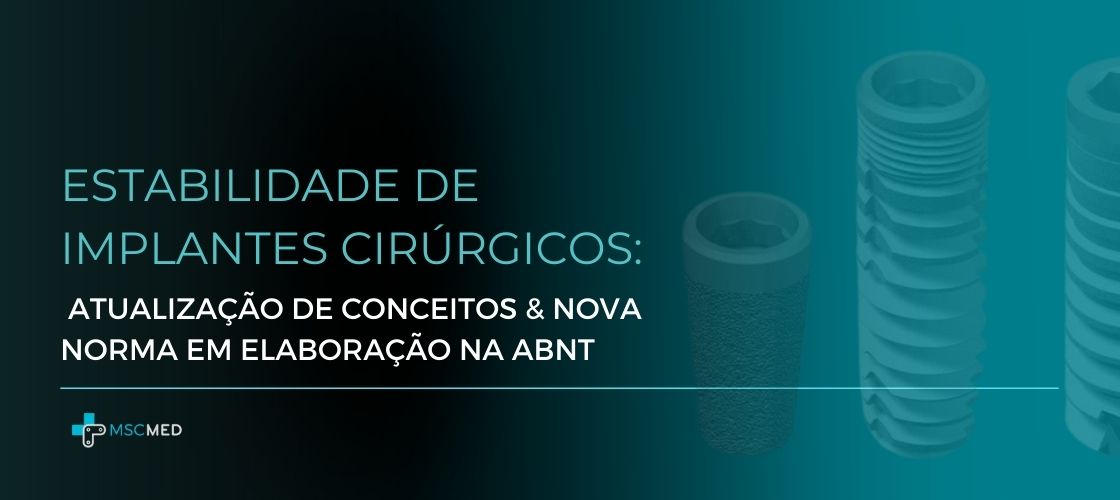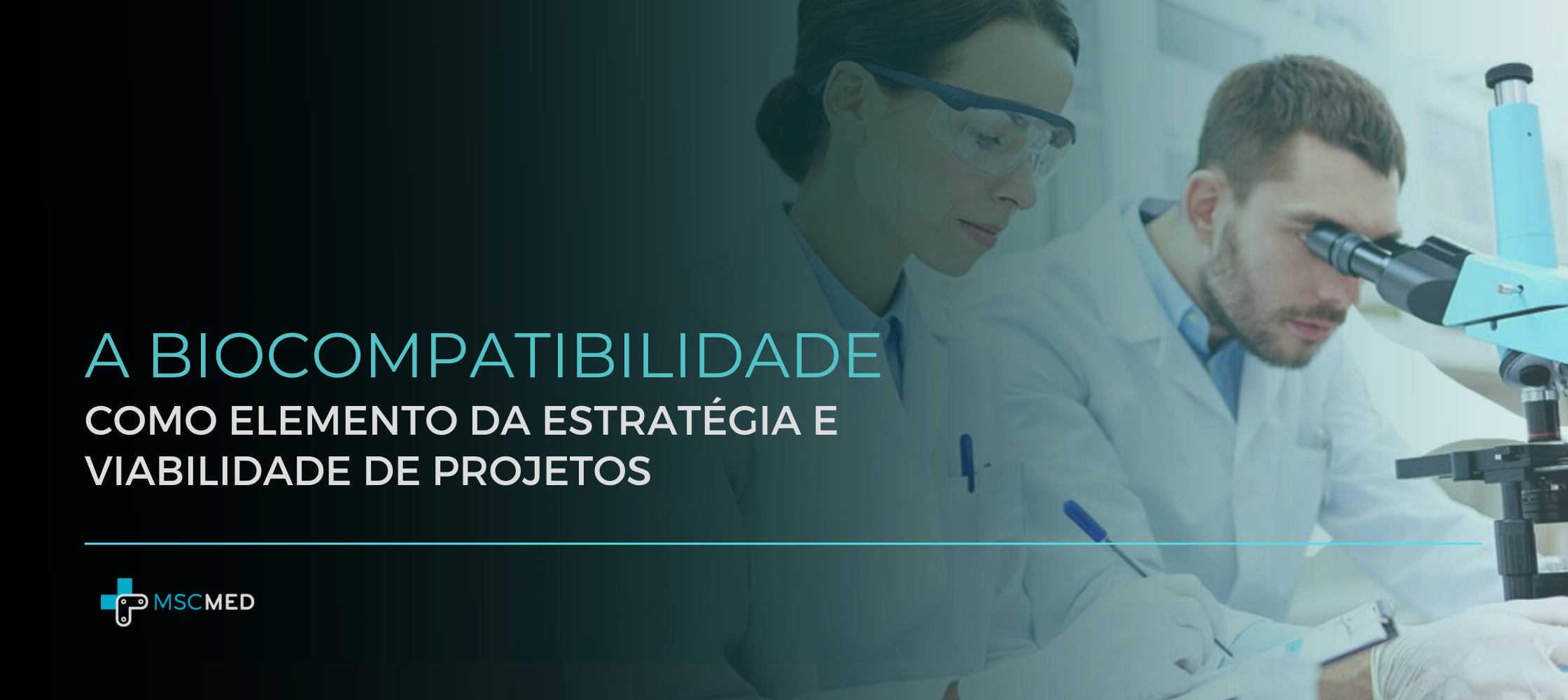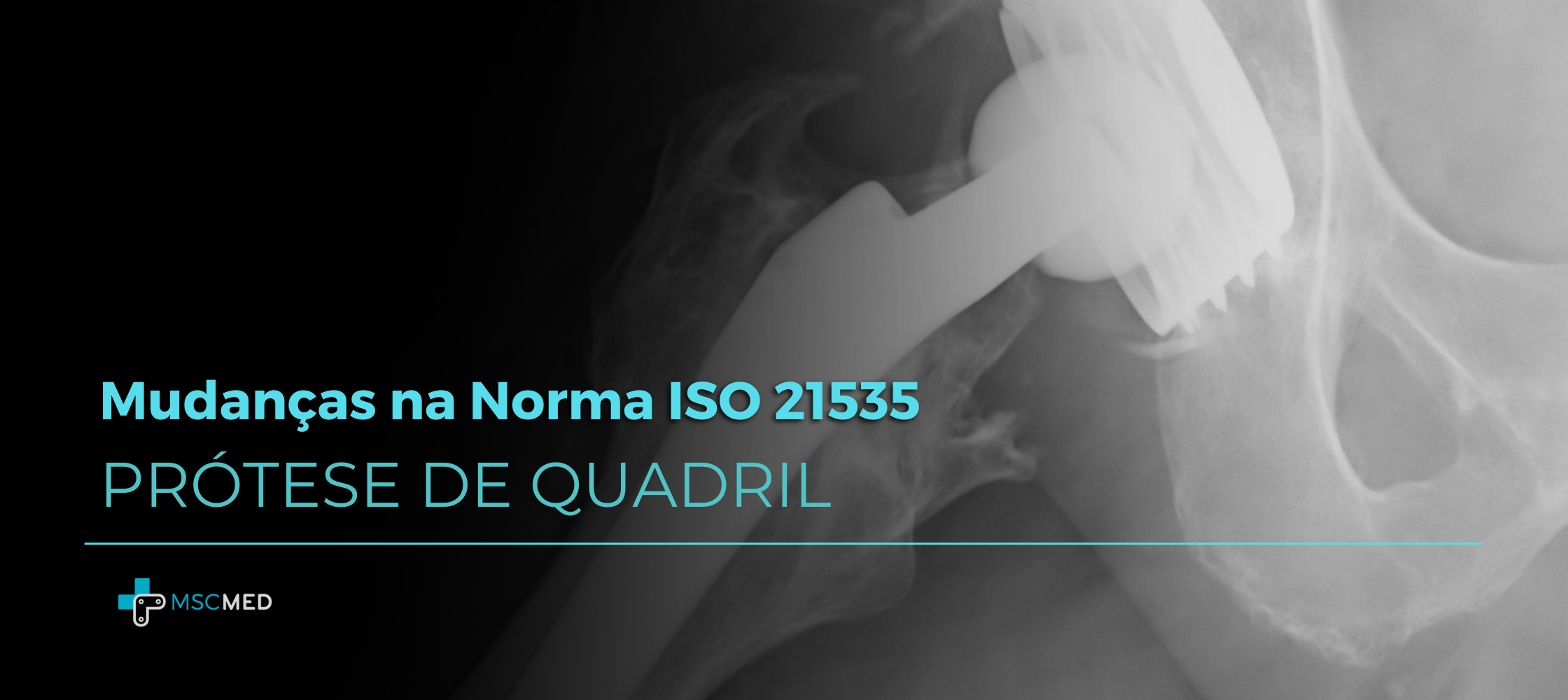The term “biocompatibility” can be defined as the ability of a material, or set of materials, to perform its function by generating an appropriate biological response in its host, in a specific situation. The ambiguity of the term reflects the ongoing development of assessments of how biomaterials interact with the human body and, ultimately, how these interactions determine the clinical success of a medical device.
According to current regulations and standards, the determination of the biocompatibility of medical devices must be established through biological risk management, following the precepts of the ISO 10993-1 standard. This process is carried out through a decision matrix that takes into account the raw material of the product, the manufacturing processes, the sterilization method, the design and surface characteristics, the place of application on the body, among other issues.
It may often be necessary to carry out biological tests, either in vitro or in vivo (on animals), in accordance with the applicable parts of the standard. ISO 10993. This mapping out is relevant to ensure that products do not cause undesirable biological effects, such as irritation and allergies, or even more serious effects, such as carcinogenicity, genotoxicity or toxicity.
It can be said that biocompatibility is guaranteed not only by satisfactory results from pre-clinical tests, but mainly through design and manufacturing processes that control biological hazards in a well-documented way.
MSC MED has a network of experts that includes experienced professionals in biohazard analysis for medical devices. Count on us.
How useful was this post?
Click on a star to rate it!
Average rating 0 / 5. Vote count: 0
No votes so far! Be the first to rate this post.






